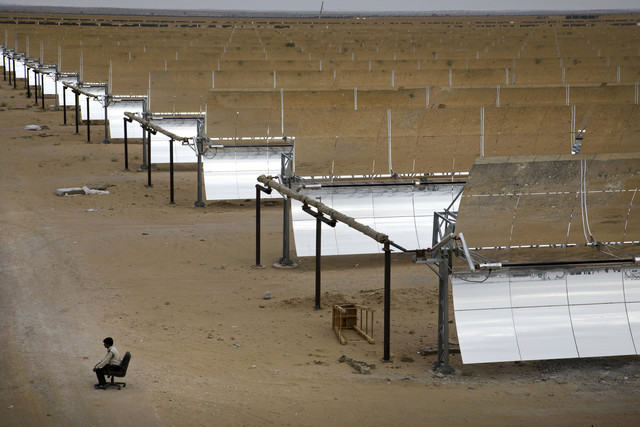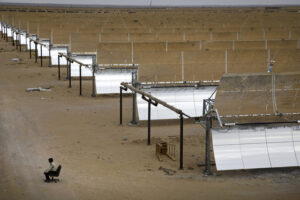Solar thermal technology has failed to upgrade its niche technology status, with solar PV technology taking over the solar energy space with its ever falling costs and other advantages over solar thermal technology. While Solar thermal (CSP) technology was on an equal footing with solar PV a decade ago, now hardly anyone talks about CSP despite its inbuilt energy storage capabilities.
The large project size of a solar thermal plant and long gestation times have made it a difficult proposition. The technology is also not as mature with an underdeveloped supply chain. The solar thermal technology faced another major jolt as CSP player Solar Reserve failed to get financing for its $650 million plant in Port August in Australia. The company had won the right to develop the plant in 2018 but could not manage to get financing to date.
Also, read Why is Australia Building An Expensive Solar Thermal Power
The Australian government extended the timelines and supported the project but the developer failed to convince lenders about the feasibility of the technology leading to the cancellation of the project. Note, solar thermal technology has already faced numerous setbacks over the last few years with large projects in the USA being canceled and given to solar PV developers.
Read the advantages of Solar Thermal technology.
There are hardly any new solar thermal projects being developed globally. With lithium energy storage costs falling as fast as solar PV costs, the only advantage of CSP will also fully disappear in a few years. Solar plus lithium storage plants are already seeing commercial deployments in a number of places and are already vying to replace coal and gas power plants. The other major advantage of solar PV is that they can be developed in any size from 1 kW to 1,00,000 kW and do not require much time to get installed. This modularity of solar PV is a huge advantage. There is a massive ecosystem which has developed around the solar PV technology which makes it very tough for any new or old competitor of this technology to enter the solar market. It is like the video cassette market where VHS beat out Betamax. The video cassette player market was ultimately killed by the CD and DVD market and it is likely that some new technology such as thin film, organic cells may come up in the future to beat the silicon technology today. But solar thermal like Betamax is dead.





